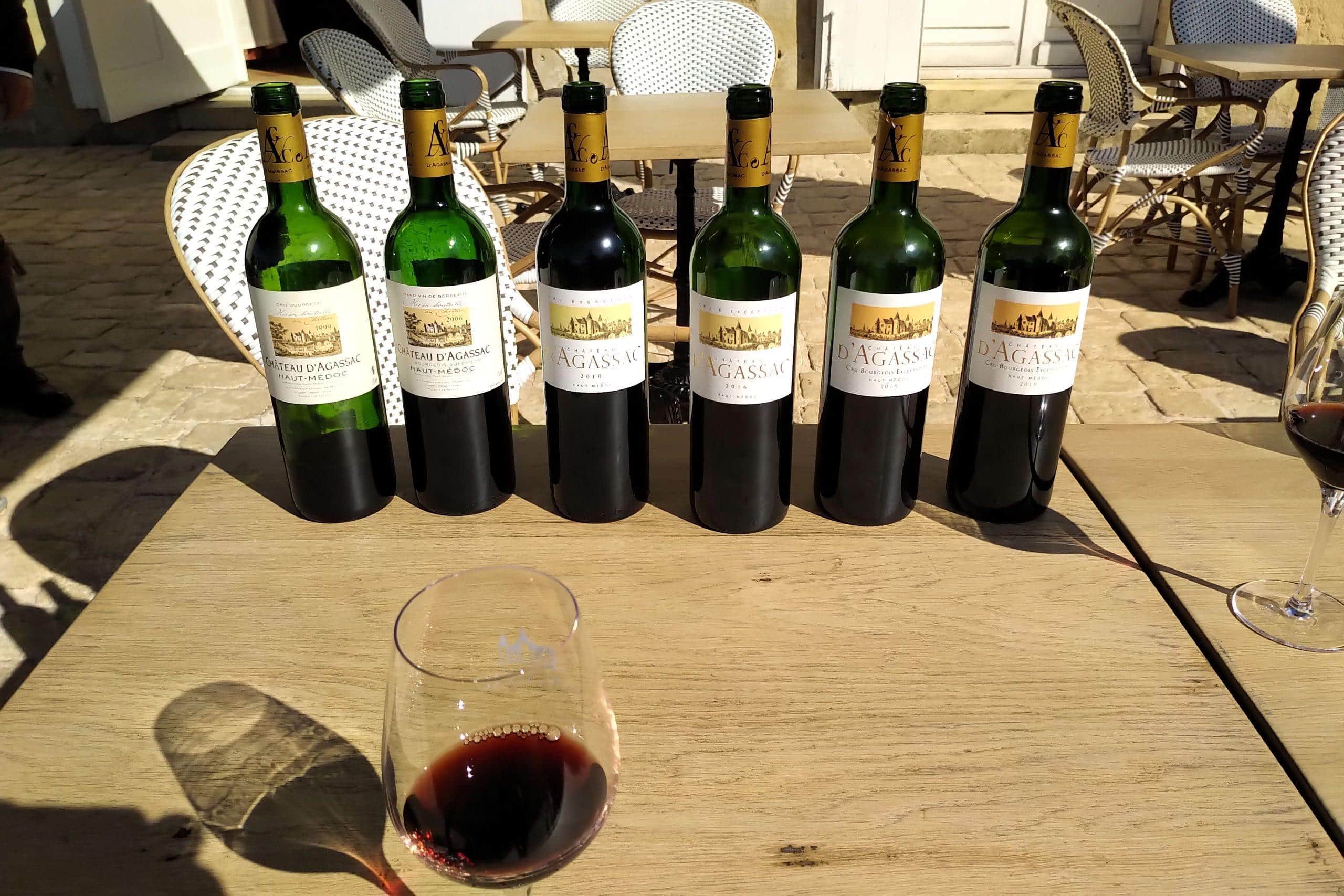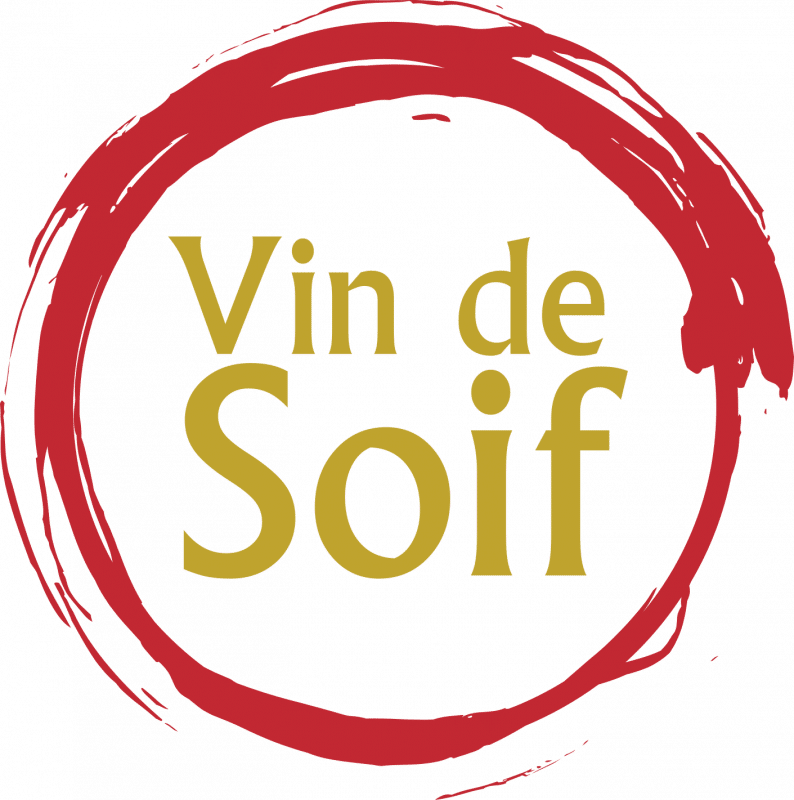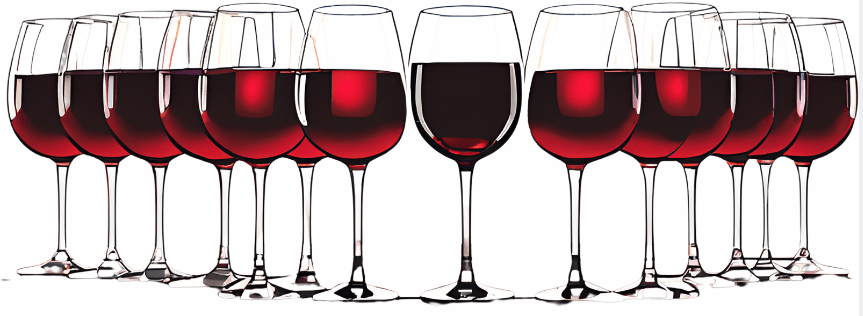Wine Education
Exploring Vertical Tasting
I was at a Chateau in Bordeaux a few years ago and offered a tasting of six of the Chateau’s wines produced over the last 20 years. This allowed me to explore the nuances of a single wine across different vintages and allowed me to see how ageing, vintage variation and winemaking decisions shaped the wine’s development over time. For any wine enthusiast, the opportunity to participate in a vertical tasting is special. Whether you’re curious about a favorite producer’s style or considering purchasing wine by the case for aging, vertical tasting offers a deep dive into the soul of a wine.
What is a Vertical Tasting?
A vertical tasting involves tasting the same wine from different vintages side by side. For example, I tasted various vintages of the Chateau d’Agassac from 1999 through 2020. By comparing these vintages, you can observe how the wine evolves with time, how variations in weather and growing conditions affect the grapes, and how winemaking techniques may change from year to year.
This focused approach provides a unique perspective on several key factors that influence the character of a wine over time: aging, vintage variation, and winemaking decisions. If you by wine by the case, experience with vertical tastings can help you decide whether you should drink now or cellar for future enjoyment.

How Aging Affects Wine
One of the most compelling aspects of vertical tasting is observing how wine changes as it ages. Wine is a living product, constantly evolving in the bottle. This is most evident with the wine’s flavours and aromas. Over time, primary fruit flavors become less fresh – fresh cherries become dried cherries and eventually become prunes. Furthermore, secondary characteristics that are present because of winemaking decisions, for example whether the wine is aged in wood, what kind and for how long, become less overt and begin to become integrated with the fruit characteristics before eventually falling away altogether. Most obviously, tertiary (leather, soy, ginger, honey) flavors develop with time and eventually subsume the primary and secondary characteristics of a wine.
Structural components of a wine also change over time. Tannins, which tend to be more pronounced in younger red wines, can mellow and become more integrated, making the wine smoother and more complex. Acidity levels might also change, providing balance or brightness in different stages of maturity. With white wines, the body often fills out with age.
During a vertical tasting, you can pinpoint when a particular wine hits its “sweet spot” for you. Younger vintages tend to be more vibrant and fruit-forward, while older bottles usually display less fruit and more earthy flavours. This is the perfect way to decide how you prefer your wines, young and fresh or older and more mature. By understanding the way wine ages and how you like it, it gives you an idea about what you should do with your case of wine. Should you drink it now or put it away to drink at a later time when it will become the type of wine you enjoy.
For example, if you’re tasting a 10-year spread of a Bordeaux, you might notice that the younger vintages still have robust tannins and a concentrated fruit profile, while the older vintages have developed more earthy and savory notes. This informs not only your drinking strategy but also your purchasing decisions—especially if you’re investing in wine for aging.
Vintage Variation
Wine is an agricultural product, and artisanal wine cannot be made to a formula year in and year out. In most classic wine regions, the weather changes from one year to the next, sometimes fairly dramatically. During a vertical tasting, the effects of vintage variation become especially apparent. Even though you’re tasting the same wine from the same vineyard, variations in weather patterns across vintages can have a dramatic impact on the wine’s flavor profile and structure.
For instance, in a cooler year, the wine might display higher acidity and more subtle fruit notes, while in a warmer year, it might be riper, fuller-bodied, and more fruit-driven. A vertical tasting provides a sensory roadmap of how a particular terroir expresses itself differently depending on the vintage. You’ll begin to understand how the vineyard’s natural characteristics interact with yearly climatic shifts, making certain vintages stand out as truly exceptional.
If you’re familiar with the terroir of a specific wine and how it performs across different vintages, you can more confidently select the years that align with your preferences—whether you prefer wines from cooler, more restrained vintages or those from warmer, more opulent years.
Winemaking Decisions: The Producer’s Signature
While weather and aging are largely out of a winemaker’s control, winemaking decisions directly shape a wine’s character. In a vertical tasting, you can detect how changes in winemaking techniques influence the final product. Perhaps a winemaker has shifted to using less oak in recent vintages, resulting in a fresher, more fruit-forward style. Or maybe they’ve embraced a more hands-off approach, opting for wild fermentation in newer releases, creating wines with more complexity and depth.
Winemakers may also adapt to vintage conditions, making decisions in the vineyard or cellar to coax the best possible expression of the wine in that particular year. During a hot, dry vintage, they might harvest grapes earlier to preserve acidity, while in a rainy season, they might extend maceration to add structure and balance. A vertical tasting reveals these stylistic choices and their effects on the wine’s evolution.
Understanding the winemaker’s approach can help you anticipate how future vintages might evolve. If you appreciate a certain style, identifying the shifts in winemaking over the years will inform your purchasing decisions and help you build a collection that reflects your taste.
Conducting Your Own Vertical Tasting
Ready to try it yourself? Here’s how to set up a vertical tasting:
- Choose Your Wine: Select a wine that has enough vintages available for comparison. Classic regions like Bordeaux, Burgundy, and Napa Valley are great choices, as many wineries produce consistent vintages year after year.
- Pick the Vintages: Aim for at least three different years, but more is always better. Ideally, you want a spread of vintages that includes young and older bottles, allowing you to see how the wine evolves over time.
- Organize the Tasting: Pour the wines in order from oldest to youngest. Some prefer the reverse order to end with the freshest wine, but starting with older bottles allows you to better understand how flavors evolve and build in complexity.
- Take Notes: Document your impressions of each vintage. Note differences in aroma, flavor, acidity, tannins, and structure. Consider how these elements change from year to year and what they reveal about the aging process, terroir, and winemaking techniques.
- Discuss & Compare: If possible, taste with friends or fellow enthusiasts and discuss your observations. Different palates can pick up on varying nuances, enriching the experience.
Why Vertical Tasting is Essential for the Savvy Wine Buyer
A vertical tasting offers crucial insights into a wine’s aging potential and overall consistency. It allows you to see how a particular wine evolves, helping you make informed decisions on whether a wine is suited for long-term aging or better enjoyed in its youth. Moreover, it provides a fascinating window into the relationship between nature and craftsmanship, revealing how each vintage is a unique expression of both.
So, the next time you try a wine you enjoy, consider buying multiple vintages and organizing your own vertical tasting. It’s an enlightening and enjoyable way to deepen your appreciation for wine and refine your palate, all while expanding your collection with wines you know will bring pleasure for years to come.

